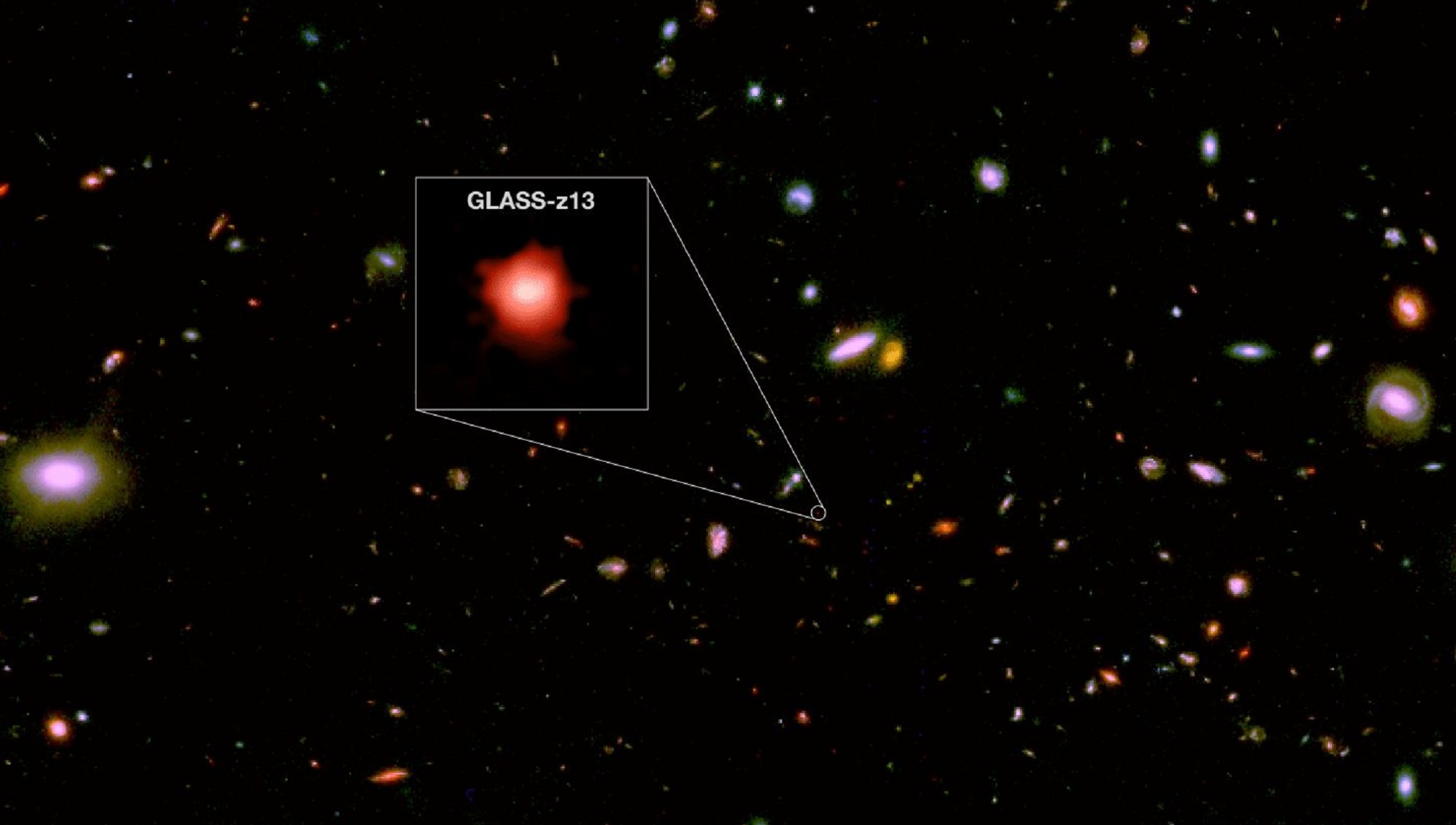
The James Webb Space Telescope discovered the two galaxies, one 350 million years and the other 450 million years after the big bang, respectively, formed. The James Webb Telescope, which replaced the Hubble Space Telescope by having improved resolution and sensitivity that enable it to view objects that are too ancient, far away or even faint, was launched in December. The European Space Agency (ESA), the Canadian Space Agency, and the National Aeronautics and Space Administration (NASA) worked together to create the James Webb telescope (CSA).
With the aid of the Hubble space telescope, the last two oldest and most distant galaxies were discovered, and on Thursday, the James Webb telescope observed the last two. Rohan Naidu, who was in charge of an international team from the Harvard-Smithsonian Center for Astrophysics, published the in-depth observations made by the James Webb telescope in the Astrophysical Journal Letters.
James Webb’s telescope also revealed that there are many more distant galaxies out there
Prior to naming Webb the new record holder, Naidu said that the observations will be more distinct in the infrared. Some scientists and researchers even claimed at a NASA conference that they had discovered galaxies even closer to the time of the universe’s creation, or roughly 13.8 billion years ago, though these claims have not yet been confirmed.
Naidu and his team said if these findings by the James Webb telescope are verified, then it
“will prove highly successful in pushing the cosmic frontier all the way to the brink of the big bang”.
The James Webb telescope’s data and observations also showed that there are a lot more far-off galaxies out there. Once these galaxies are discovered, it will be much easier for astronomers and researchers to grasp how the cosmos came into being.





